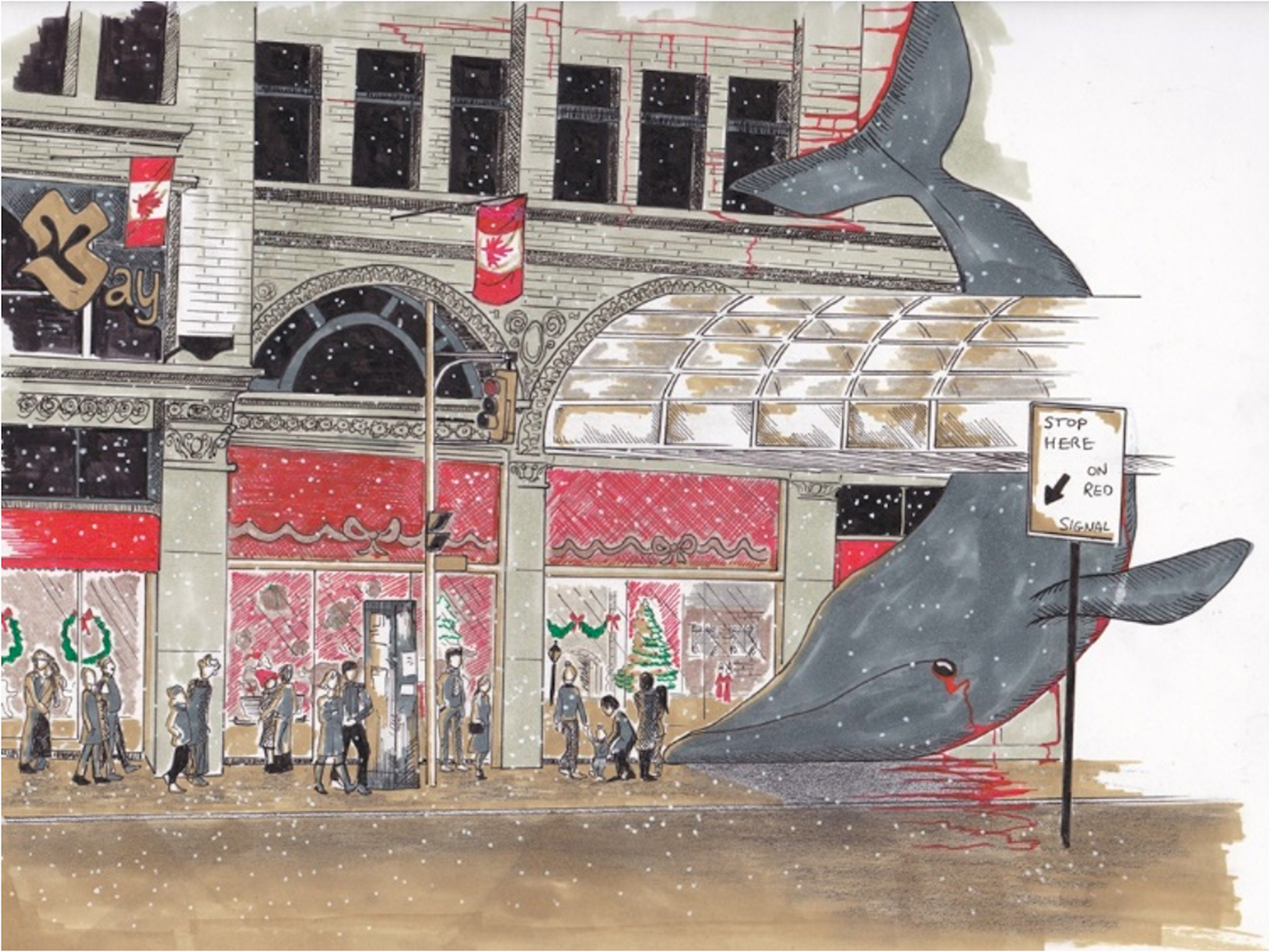TRAUMA-SENSITIVE PEDAGOGY & PRACTICE NEWSLETTER 1 (OF 2)
DOI:
https://doi.org/10.18432/ari29582Keywords:
social emotional needs, mental health, trauma, play, imagination, vagus nerve, emotional regulation, body maps, self awareness, arts-based methodsAbstract
This publication includes the first of two newsletters published in this issue of Art/Research International. This second newsletter is followed by a commentary and references for both newsletters.
Attentive to local and global mental health realities and the emergent need to provide intercultural mental health perspectives, resources, and methods that work across cultures in school contexts, I (the first author) conducted a participatory poetic inquiry, “Image, Body, and Voice: Supporting Girls’ Sense of Wellbeing,” with grade-6 girls in an inner-city school in Alberta. It sought to: (i) meet new Teacher Quality Standards (TQS) “to build positive and productive relationships with students [and] peers” (AB Education, 2018, p. 4); and (ii) be “aware of and facilitate responses to the emotional and mental health needs of students” (p. 6). I was guided by the following research question: In what ways might girls’ experiences with art-integrated activities and body-centred methods inform educators about pedagogical practice and mental health interventions?
Findings indicated the transdisciplinary praxis that emerged—arts-based, contemplative and somatic methods—enhanced the girls’ sense of self and wellbeing. The youth reported that these activities had explicit value: sharing circles used for check-ins and - outs, ceremony—which welcomed witnessing—relational and body-centred practices, and one-on-one time with the PI. The life-size body maps as research creation illustrated that the participants learned to externalize sensations and emotions in a safe way, aiding them in the development of skills needed for emotional self-regulation. Body maps broadly defined are life-size body images, while body mapping is the process of creating body maps using collage, photography, painting, or other arts-integrated methods to visually symbolize aspects of people’s lives, their bodies, and their worlds.
Funding from Research Impact Canada, VP Research & Innovation University of Alberta and the Kule Institute for Advanced Study aided to mobilize evidence-informed knowledge from this research through professional community engagement with pre- service teachers at a full-day workshop. Presenters at the workshop were members of a Community of Professional Practice (COPP) where the activities of educational research and trauma-sensitive practices were shared, including culturally aware methods for diverse populations. This newsletter reflects one of two events and two research creation artifacts provided as follow up to the attendees.
Downloads
Published
How to Cite
Issue
Section
License
Copyright (c) 2020 Art/Research International: A Transdisciplinary Journal

This work is licensed under a Creative Commons Attribution-NonCommercial-NoDerivatives 4.0 International License.
Authors who publish with Art/Research International agree to the following terms:
a. Authors retain copyright and grant the journal right of first publication and the right to sublicense the Contribution, in the form in which it is published by the journal, to others under the terms and conditions of the of the Creative Commons Attribution-NonCommercial-NoDerivs (CC BY-NC-ND) that allows others to download the work and share the work with others with an acknowledgement of the work's authorship and initial publication in this journal, but they cannot change the work in any way or use any part of the work commercially.
b. Authors are able to enter into separate, additional contractual arrangements for the non-exclusive public distribution and display of the journal's published version of the work (e.g., post it to an institutional repository or publish it in a book), with an acknowledgement of its initial publication in this journal.
c. Authors are permitted and encouraged to post their work online (e.g., in institutional repositories or on their website) prior to and during the submission process, as it can lead to productive exchanges, as well as earlier and greater citation of published work (See The Effect of Open Access).
d. Authors wishing to include items (such as images or other media, or any creative works of others whether previously published or not) must contact the original copyright holder to obtain explicit permission to publish these items in Art/Research International. Writing permission should include: the title(s) of any copyrighted work, original place of publication if applicable, and an acknowledgement of having read Art/Research International's copyright notice. Authors are responsible for obtaining this permission and keeping it in their own records for later verification.



